Hot Products
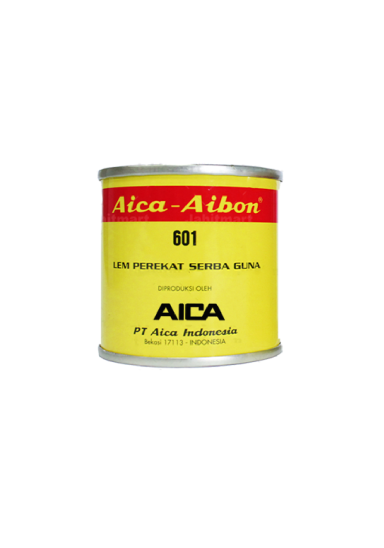
Aibon 601 (70 gr)
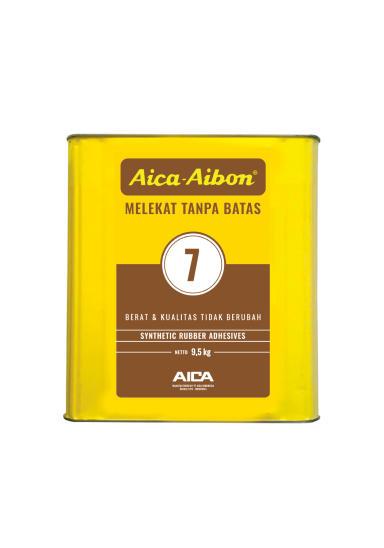
Aibon 7 (9.5 kg)
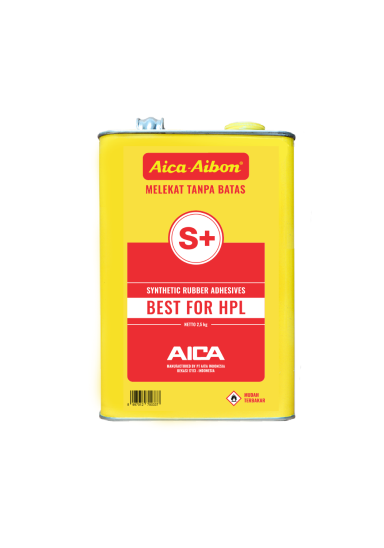
Aibon S+ (2.5 kg)
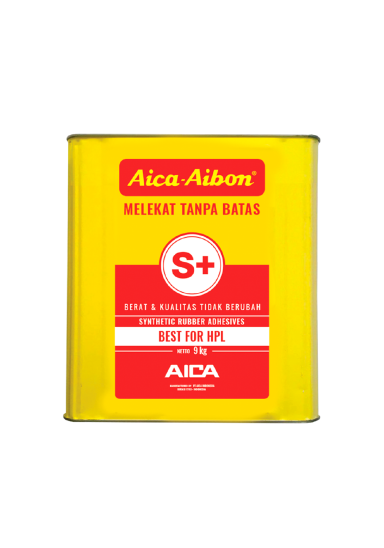
Aibon S+ (9 kg)
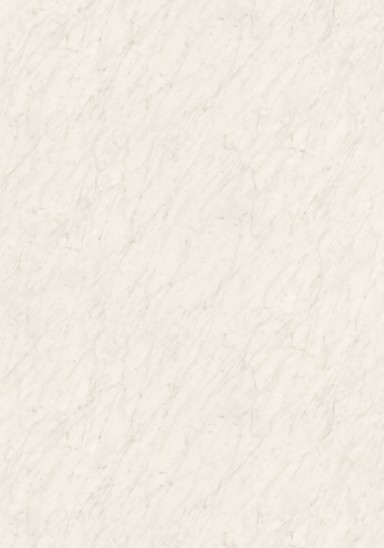
HAK-14038-ZM83
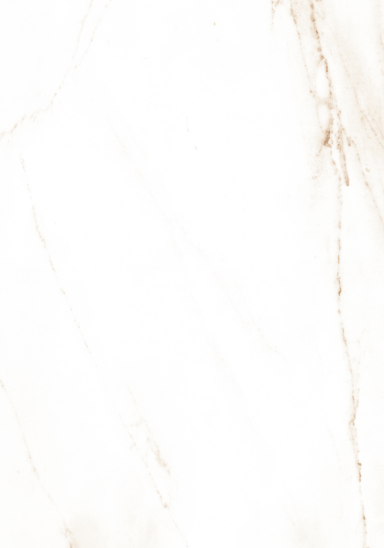
XKAF-14198-ZMN
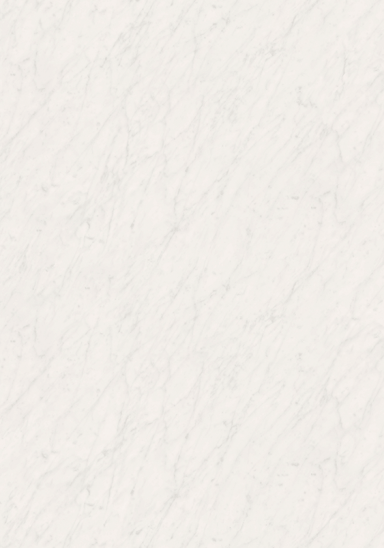
XKAF-14038-ZMN
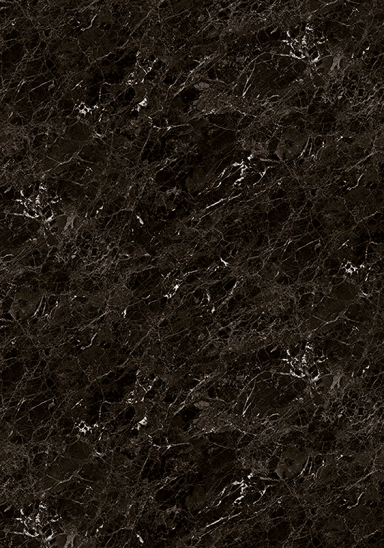
XKAF-14040-ZMN
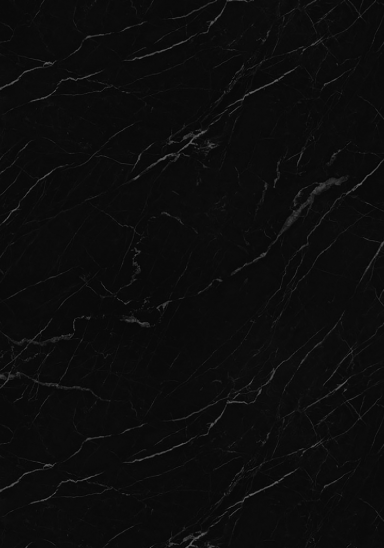
XKAF-14146-ZMN
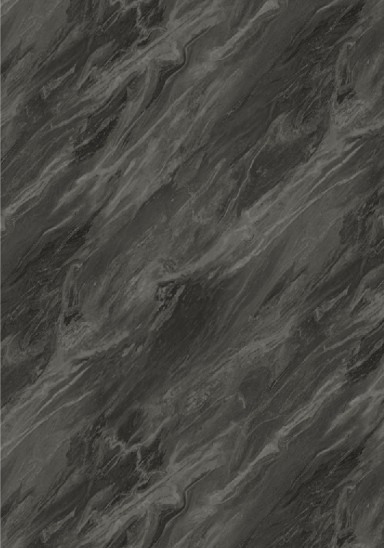










When it comes to installing HPL (High Pressure Laminate), glue plays a far more crucial role than many realize. While it may seem like a minor detail, even small mistakes in the gluing process can lead to serious issues such as bubbling, uneven surfaces, or weak adhesion. However, many people focus on choosing the right HPL pattern and texture but overlook one essential element, which is the bonding process. This is where the true strength and durability of the final finish are determined. To help you avoid costly errors, here are some common mistakes to watch out for when using HPL glue.

One of the most common mistakes is applying HPL onto a surface that isn’t completely clean. Dust, sawdust, or oil residue can prevent the glue from adhering properly, making the HPL layer prone to peeling over time. Before starting, make sure the MDF, plywood, or particleboard surface is free from dust and oil. Wipe it thoroughly with a damp (not wet) cloth and let it dry. A clean surface ensures optimal bonding strength and a longer-lasting finish.
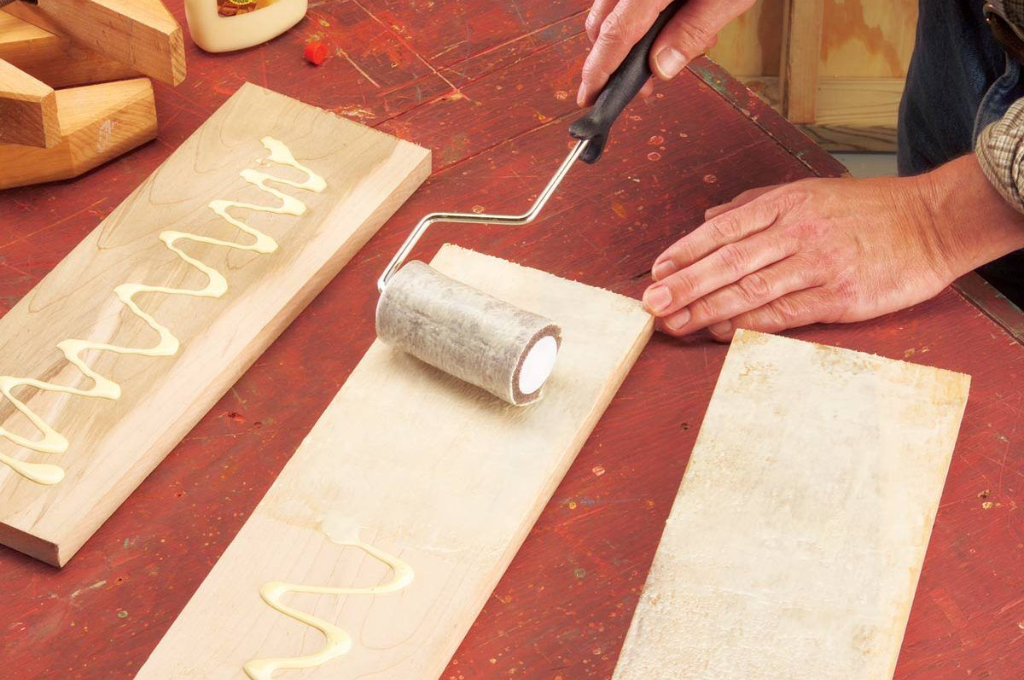
Uneven glue application can also cause problems. Too much glue can create ripples or wavy textures, while too little can result in weak adhesion. To achieve the best results, use a special adhesive brush or roller to apply the glue evenly across the entire surface. For larger areas, apply the glue in crisscross strokes (horizontal and vertical) to ensure consistent coverage and a neat finish.

Patience is key in the gluing process. Attaching HPL while the glue is still wet can weaken adhesion significantly. Most contact adhesives require a tack-dry stage, where the glue is dry to the touch but still slightly sticky. Wait about 10–15 minutes (depending on room temperature and the glue’s tack time) before joining the surfaces. The glue should feel tacky but not transfer to your fingers, as being said, the ideal condition for maximum bonding strength.
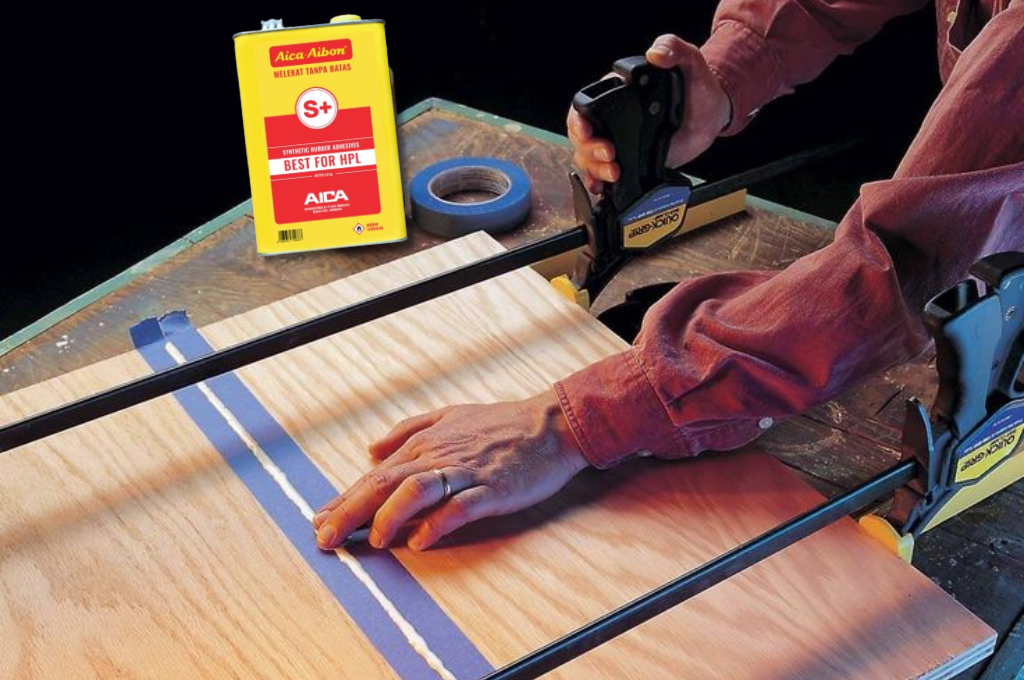
This is perhaps the most critical mistake. Not all glues are formulated for HPL installation. Regular adhesives may bond temporarily, but they often fail when exposed to heat or humidity, leading to peeling, especially in kitchens, countertops, or areas with fluctuating temperatures. For best results, choose a glue that’s specially made for HPL, such as Aica-Aibon S+.
Aica-Aibon S+ is one of the flagship products from Aica Indonesia, formulated to deliver exceptional bonding strength, fast drying time, and high heat resistance. It works perfectly on various materials such as MDF, plywood, particleboard, and veneer, making it ideal for both household and commercial interior projects. With an open time of 10–25 minutes and a tack time of 5 minutes, Aica-Aibon S+ provides flexibility during installation, allowing you to reposition the material before the adhesive fully sets. Its superior formula ensures clean, strong, and long-lasting adhesion, even under challenging conditions. Available in 2.5 kg and 9 kg packaging options, Aica-Aibon S+ offers practicality for projects of all scales from small home applications to large construction needs.
Small unnoticeable mistakes in the gluing process can have a big impact on your HPL’s final appearance and durability. By paying attention to surface cleanliness, glue thickness, drying time, and glue selection, you can achieve results that are stronger, neater, and more professional. For HPL applications, Aica-Aibon S+ has been trusted for decades by professionals across Indonesia, from custom furniture craftsmen to large-scale commercial interior projects.
SHARE